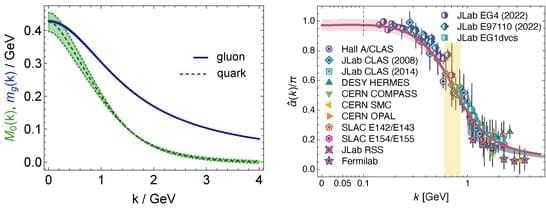Developing an understanding of phenomena driven by the emergence of hadron mass (EHM) is one of the most challenging problems in the Standard Model. This discussion focuses on the impact of results on nucleon resonance (N• electroexcitation amplitudes (or γvpN* electrocouplings) obtained from experiments during the 6 GeV era in Hall B at Jefferson Lab on understanding EHM. Analyzed using continuum Schwinger function methods (CSMs), these results have revealed new pathways for the elucidation of EHM. A good description of the Δ(1232)3/2+, N(1440)1/2+, and Δ(1600)3/2+ electrocouplings, achieved by CSM analyses that express a realistic dressed quark mass function, sheds light on the strong interaction dynamics underlying EHM. Extensions to N* studies for higher-mass states are outlined, as well as experimental results anticipated in the 12 GeV era at Jefferson Lab and those that would be enabled by a further increase in the beam energy to 22 GeV.
